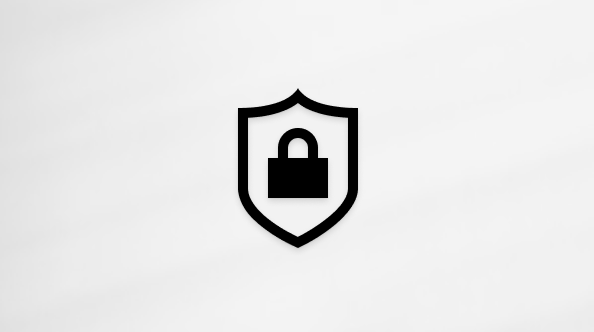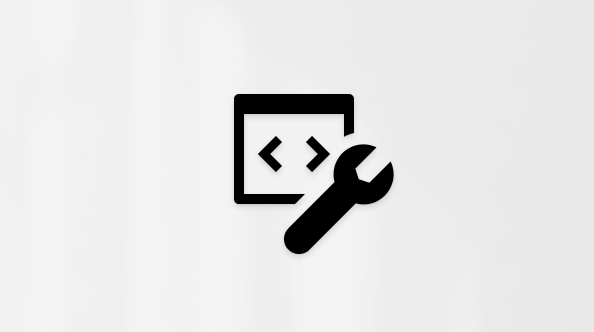August 26, 2025—KB5063842 (OS Build 19045.6282) Preview
Applies To
Release Date:
8/26/2025
Version:
OS Build 19045.6282
Windows Secure Boot certificate expiration
Important: Secure Boot certificates used by most Windows devices are set to expire starting in June 2026. This might affect the ability of certain personal and business devices to boot securely if not updated in time. To avoid disruption, we recommend reviewing the guidance and taking action to update certificates in advance. For details and preparation steps, see Windows Secure Boot certificate expiration and CA updates.
Windows updates do not install Microsoft Store application updates. If you are an enterprise user, see Microsoft Store apps - Configuration Manager. If you are a consumer user, see Get updates for apps and games in Microsoft Store.
Support for Windows 10 has ended on October 14, 2025
After October 14, 2025, Microsoft will no longer provide free software updates from Windows Update, technical assistance, or security fixes for Windows 10. Your PC will still work, but we recommend moving to Windows 11.
|
Change date |
Change description |
|
September 9, 2025 |
|
|
September 2, 2025 |
|
Summary
Important: Use EKB KB5015684 to update to Windows 10, version 22H2.
This preview update contains the fixes and quality improvements contained in the following updates:
-
August 12, 2025—KB5063709: Windows 10, version 21H2 and 22H2 (OS Builds 19044.6216 and 19045.6216)
-
August 19, 2025—KB5066188 (OS Builds 19044.6218 and 19045.6218) Out-of-band
The following is a summary of the key issues that this update addresses. The bold text within the brackets indicates the item or area of the change we are documenting.
-
[Common Controls] Fixed: An issue that affects how certain supplementary characters appear in Windows textboxes.
-
[Input and Composition] Fixed: An issue with the Chinese Simplified Input Method Editor (IME). Some extended characters were shown as empty boxes.
-
[Licensing] New! This update adds an opt-in feature for administrators to allow outbound network traffic from Windows 10 devices. With this enabled, AAD users who have a Windows 365 subscription and devices joined to Entra ID can check if they qualify for Extended Security Updates (ESU) once Windows 10 support ends.
-
[Mobile Operator Profiles] Updated: Country and Operator Settings Asset (COSA) profiles.
-
[Multimedia] Fixed: An issue where mf.dll failed to enumerate redirected web camera devices on Remote Desktop Services (RDS) environments.
-
[Windows Hello] Fixed: An issue in which Narrator reads the incorrect name for the "Enhance Facial Recognition Protection" check box under the Facial Recognition setting.
-
[Search pane] Fixed: An issue that might cause the Windows Search pane to not show the preview pane correctly.
-
[Family Safety] Fixed: An issue where the "Ask to Use" approval flow was not being triggered for blocked apps. With this fix, the approval flow now appears as expected when a blocked app is accessed.
-
[Portable Devices] Fixed: An issue where the Removeable Storage Access policy may not work properly.
-
[Windows Backup for Organizations] New! Windows Backup for Organizations is now generally available! Experience seamless device transitions with enterprise-grade backup and restore. Whether you're refreshing your organization’s devices, upgrading to Windows 11, or deploying AI-powered PCs, this solution helps sustain productivity with minimal disruption, ensuring business continuity and organizational resilience.
If you installed earlier updates, only the new updates contained in this package will be downloaded and installed on your device.
For an overview of Windows 10, version 22H2, see its update history page.
Follow @WindowsUpdate to find out when new content is published to the Windows release health dashboard.
For information about Windows update terminology, see the article about the types of Windows updates and the monthly quality update types.
Known issues in this update
Symptoms
After installing the August 2025 Windows security update (KB5063709), you might experience delays or uneven audio and video performance when using Network Device Interface (NDI) to stream or transfer feeds between PCs.
This issue affects streaming apps such as OBS Studio (Open Broadcaster Software) and NDI Tools, especially when Display Capture is enabled on the source PC. The problem can even occur under low-bandwidth conditions.
Resolution
This issue is resolved by Windows updates released on and after September 9, 2025 (KB5065429). We recommend you install the latest update for your devices as it contains important improvements and issue resolutions, including this one.
Symptoms
A security improvement was included in the August 2025 Windows security update and later updates to enforce the requirement that User Account Control (UAC) prompt for administrator credentials when performing Windows Installer (MSI) repair and related operations. This improvement addressed security vulnerability CVE-2025-50173.
After installing the update, standard users might see a User Account Control (UAC) prompt in several scenarios.
-
Running MSI repair commands (such as msiexec /fu).
-
Opening Autodesk apps, including some versions of AutoCAD, Civil 3D and Inventor CAM, or when installing an MSI file after a user signs into the app for the first time.
-
Installing apps that configure per user.
-
Running Windows Installer during Active Setup.
-
Deploying packages through Manager Configuration Manager (ConfigMgr) that rely on user-specific "advertising" configurations.
-
Enabling Secure Desktop.
If a non-admin user runs an app that initiates an MSI repair operation without displaying UI, it will fail with an error message. For example, installing and running Office Professional Plus 2010 as a standard user will fail with Error 1730 during the configuration process.
Resolution
This issue is resolved by Windows updates released on and after September 9, 2025 (KB5065429). We recommend you install the latest update for your devices as it contains important improvements and issue resolutions, including this one.
Servicing stack update (KB5063979) - 19045.6271
Microsoft now combines the latest servicing stack update (SSU) for your operating system with the latest cumulative update (LCU). SSUs improve the reliability of the update process to mitigate potential issues while installing updates.
This update makes quality improvements to the servicing stack, which is the component that installs Windows updates. To learn more about SSUs, see Servicing stack updates and Servicing Stack Updates (SSU): Frequently Asked Questions.
How to get this update
Before you install this update
Based on your installation scenario, choose one of the following:
-
For offline OS image servicing:
If your image does not have the July 25, 2023 (KB5028244) or later LCU, you must install the special standalone October 13, 2023 SSU (KB5031539) before installing this update.
-
For Windows Server Update Services (WSUS) deployment or when installing the standalone package from Microsoft Update Catalog:
If your devices do not have the May 11, 2021 (KB5003173) or later LCU, you must install the special standalone August 10, 2021 SSU (KB5005260) before installing this update.
Install this update
To install this update, use one of the following Windows and Microsoft release channels.
|
Available |
Next Step |
|
|
Go to Settings > Update & Security > Windows Update. In the Optional updates available area, you will find the link to download and install the update. |
|
Available |
Next Step |
|
|
These changes will be included in the next security update to Windows Update for Business. |
|
Available |
Next Step |
|
|
To get the standalone package for this update, go to the Microsoft Update Catalog website. For information about how to download and install updates from the Update Catalog, see How to download updates that include drivers and hotfixes from the Windows Update Catalog. |
|
Available |
Next Step |
|
|
You can import this update into Windows Server Update Services (WSUS) manually. See the Microsoft Update Catalog for instructions. |
If you want to remove the LCU
To remove the LCU after installing the combined SSU and LCU package, use the DISM/Remove-Package command line option with the LCU package name as the argument. You can find the package name by using this command: DISM /online /get-packages.
Running Windows Update Standalone Installer (wusa.exe) with the /uninstall switch on the combined package will not work because the combined package contains the SSU. You cannot remove the SSU from the system after installation.
File information
A list of the files that are included in this update are provided in a CSV (Comma delimited) (*.csv) file. The file can be opened in a text editor such as Notepad or in Microsoft Excel.













